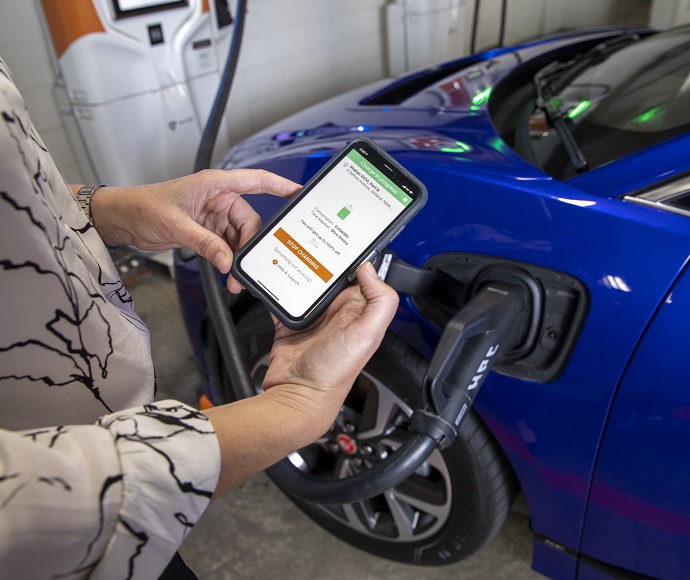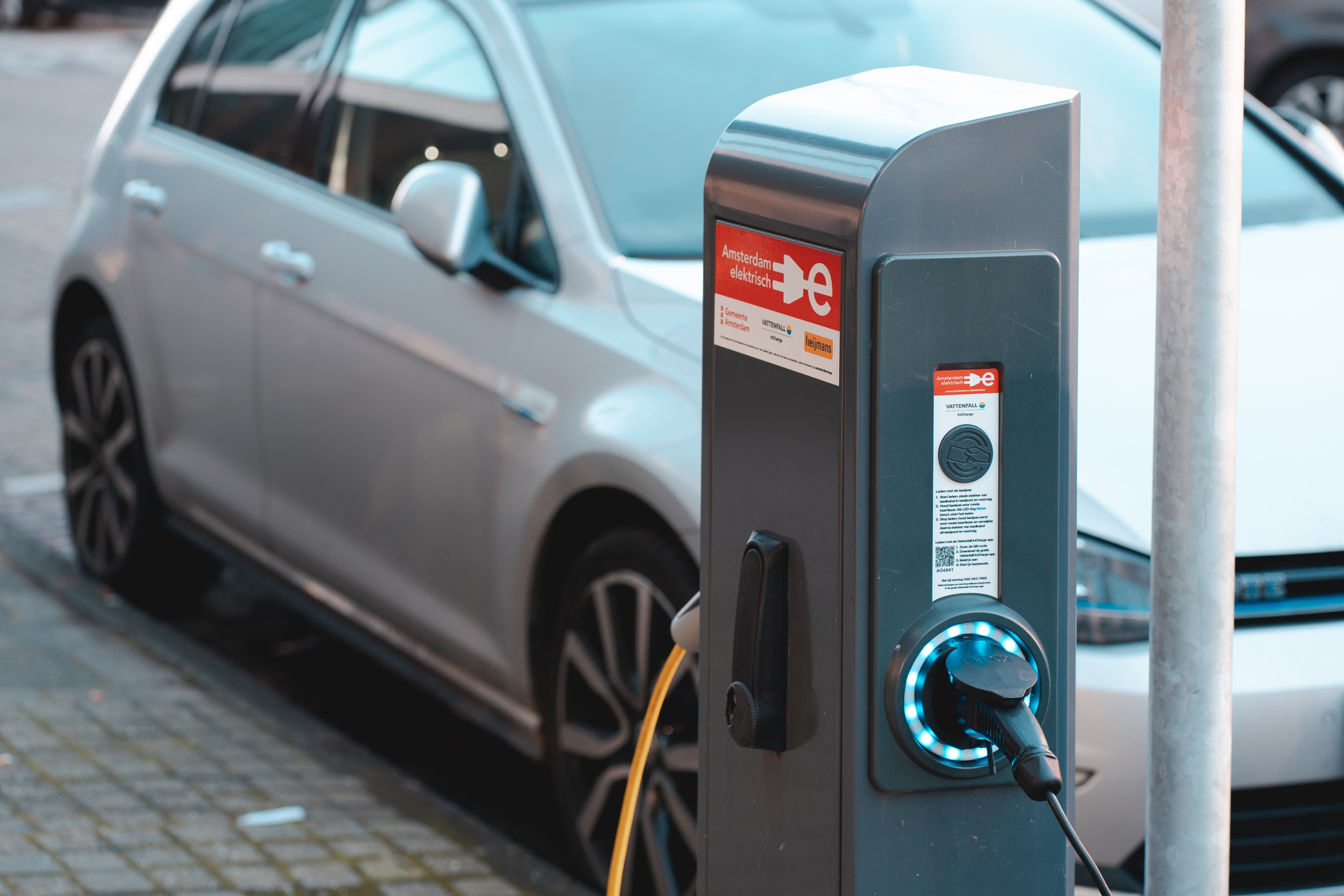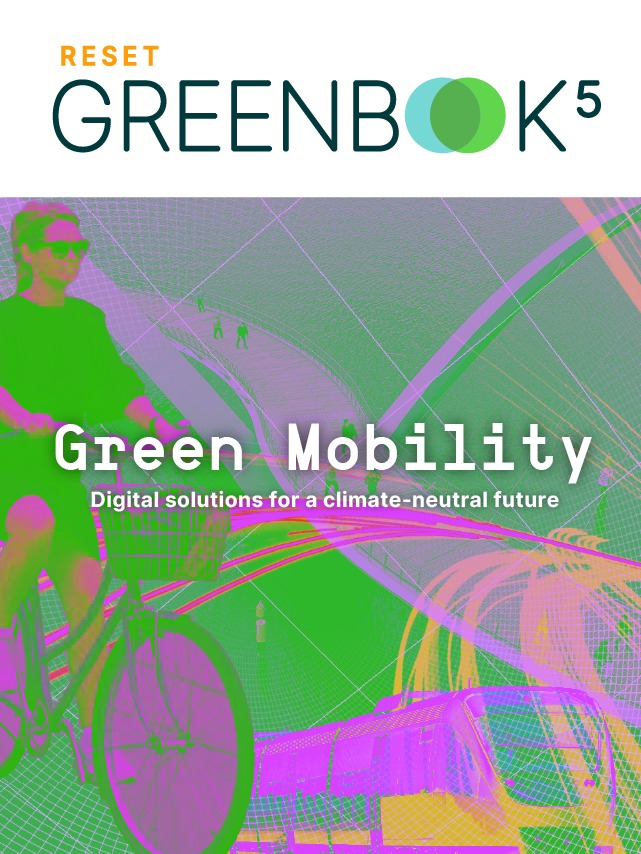E-mobility is not a new concept. Electricity has been used to power a range of vehicles, from trains to spacecraft, for decades now. A growing awareness of the climate crisis has accelerated and incentivized the development of electric vehicles (EVs), with brand-new models of private transportation such as electric cars (either full-electric or hybrid vehicles), vans, mopeds and bicycles entering the market year-on-year.
This might sound promising. But, when it comes to creating the infrastructure to support the proliferation of e-vehicles, we seem to be at a crossroads. With the energy crisis in full swing across Europe, there has never been a better time to switch to cheaper, cleaner energy. However, there are some doubts about whether the universal rollout of e-vehicles is possible with the current issues surrounding battery longevity, charging options and availability. Lastly, are e-vehicles even that helpful in the transition toward net-zero carbon emissions?
Where e-mobility is racing ahead
Despite the enormity of the task, the development of e-mobility is happening, albeit faster in some places than others. China is currently the market leader in EVs, both in terms of sales and manufacturing, accounting for around 57.4 percent of global production of EVs in 2021.
Closer to home, Norway accounts for roughly 25 percent of all-electric cars. And, as Norway runs predominantly on hydroelectric power, the electricity used to run the vehicles is sustainable too. Electricity in Germany and the UK, for example, comes from a mixture of fossil and renewable fuel sources, although of course, the impact on the environment is still less than with traditional cars: one EU study theorised that “an electric car using electricity generated solely by an oil-fired power station would use only two-thirds of the energy of a petrol car travelling the same distance”. But still, electric cars using two-thirds of the energy of a traditional car will not have scientists or environmental campaigners jumping with joy.
The charge against EVs
Aside from electricity sources, a common complaint of those discussing the viability of EVs is the lack of available charging points. In order for electric cars to be a realistic option for those making the switch from traditional cars, users obviously need to be confident that they can get from A to B without running out of power, and have the available means for charging if they do.
Early iterations of the electric car used what’s sometimes called “trickle charging,” These outlets (also known as Level 1) provide only a few miles of range per hour of charging. To paint a picture, it would take 10 hours of charging to be able to drive between 20-50 miles, 40 hours of charging for around 200 miles. Trickle charging is at least convenient — no special equipment is needed and the charging cable can be plugged directly into the mains at home, but the amount of range for the duration required to charge is simply not practical for most car users.
But, innovation is well underway
Nowadays, charging is getting faster and more convenient. While a Level 1 charger will typically give you around four miles of driving range per hour of charge, Level 2 chargers have been developed to get users an average of 50 kilometres per hour of charge. Better still, high-speed or Level 3, also known as DC Fast Charging (DCFC) charging, is the fastest kind of charging yet. These charging units are also slowly starting to appear in public and commercial spaces such as service stations, shopping centres and office car parks. DC Fast Charging (DCFC) has rates of 125 miles of added range in only half an hour, or 400 kilometres in about an hour. And, with more and more EVs hitting the roads, development in this area is only going to increase. In fact, electric car enthusiasts can already look forward to 350 kW charging technology. Available for luxury vehicles with ranges of 400+ kilometres, this charging technology will provide a range of around 300 kilometres for every ten-minute charging stop. And, as the technology develops, so too will the charging time drop.
In addition, it is becoming increasingly easy to find available charging stations along the route. The apps Chargemap, Plugsurfing and PlugShare, for example, not only show available charging stations, but also indicate how reliable and convenient the stations are and whether they’re free or not. PlugShare users can filter by map by plug type, including CHAdeMO and SAE/CCS, as well as charging speed. However, the apps are still a work in progress. PlugShare doesn’t currently allow for route planning or editing on the app, just on the web version, although updates regarding this seem to be in the works.
Likewise, concepts such as Monta are laying the foundation for a scalable and sustainable charging infrastructure. Their app and platform aim to make it easier for installers and charging station operators to get set up with Level 3 charging points. It aims to provide a B2B software solution for businesses who want to provide e-mobility charging options at their premises, operating completely on open-source technology.
How inductive charging could revolutionise e-mobility
Imagine a world where electric vehicles could be charged during drivetime.
This world might be closer than you think — tracks that allow trucks to draw electricity directly from overhead lines on the motorway have already been developed, and Israeli company Electreon are currently testing their “charging lanes” for smaller vehicles, whereby vehicles are “refuelled” with electricity generated from the surface of the road.
However, the technology is still far too expensive for large-scale expansion. As soon as the technology is out of the development phase, however, that could quickly change. Keep an eye on RESET.org for updates on this new technology.
Read more here!
What could help e-mobility pick up the pace?
As we are starting to move towards better e-vehicle charging infrastructure, maybe it’s time to look to the future to see what further obstacles need to be dismantled in order for the transition to e-mobility to take place.
For one, the cost of EVs is still prohibitively expensive for many. One thing that’s made China’s ascent to e-mobility champion is the number of political incentives created to increase EV use and, most importantly, decrease traditional vehicle use. Generous subsidies and perks encourage people to buy electric cars in a bid to help meet the government’s ambitious targets in improving the country’s air pollution. Fellow EV champion Norway too has set impressive targets for itself, including phasing out fossil fuel-powered cars completely by 2025.
But, are EVs the answer to greener mobility?
As we’ve mentioned many times in our articles on green mobility, increasing the number of EVs on the roads might not even be the best way toward a carbon-neutral future. There are many questions surrounding whether e-mobility is even sustainable at all, and many point to the fact that all personal car use, even when electric, makes it very difficult to reduce our carbon emissions enough to reach the goals set about in the Paris Climate Agreement. And the global pledge of reaching carbon zero by 2030 is now just seven years away (at the time of writing).
Whilst experts broadly agree that EVs have a lower carbon footprint over the course of their lifetime than traditional vehicles, manufacturing them is even more carbon costly than their traditional counterparts. According to Florian Knobloch, a fellow at the Cambridge Centre for Environment, Energy and Natural Resource Governance,
“Producing electric vehicles leads to significantly more emissions than producing petrol cars. Depending on the country of production, that’s between 30 percent to 40 percent extra in production emissions, which is mostly from the battery production”.
And, it’s not just the energy consumption that makes EV batteries problematic. Mining practices used to extract the raw materials used to make the batteries have been found to be unethical and environmentally unsustainable. Their supply chains are also geopolitically complex due to countries not wanting to rely on other nations for raw materials such as cobalt and lithium used to make them.
Green Mobility – Digital solutions for a climate-neutral future
Autonomous vehicles, e-mobility, AI-controlled traffic planning, new modes for moving from A to B — what will the mobility of tomorrow look like?
We present the digital solutions being proposed for climate-neutral transport and logistics and discuss the new challenges of “digital mobility” in this dedicated special feature.
Increased traffic in our cities from increasing populations using personal vehicles also pressurises civil planners to build more roads, thus reducing space for green areas in and around our cities. Green spaces are necessary to lower air and noise pollution and to protect urban biodiversity. Do we really want our cities and towns to become more concrete? Surely a greener future relies on, well, greenery.
Sharing is caring (for the environment)
Our suggestion — largely supported by experts on green mobility — is a different form of e-mobility: shared vehicles. It’s clear that personal EVs are an improvement on traditional vehicles, but their unsustainable manufacturing process and the space they require on our roads and streets means they can never be a fully perfect option. Luckily, there are better solutions out there.
The increased sharing of vehicles reduces the space required by cars and cuts the number of required journeys, decimating their environmental impact. Better still — better public transport infrastructure including networks running on clean sources of electricity has the potential to take millions of cars off our roads and shave large chunks off our carbon emissions. Companies switching to EVs and e-cargo bikes for traditionally high-polluting last-mile transport is another option that is being developed.
E-mobility is picking up speed. But, is it going in the right direction?










